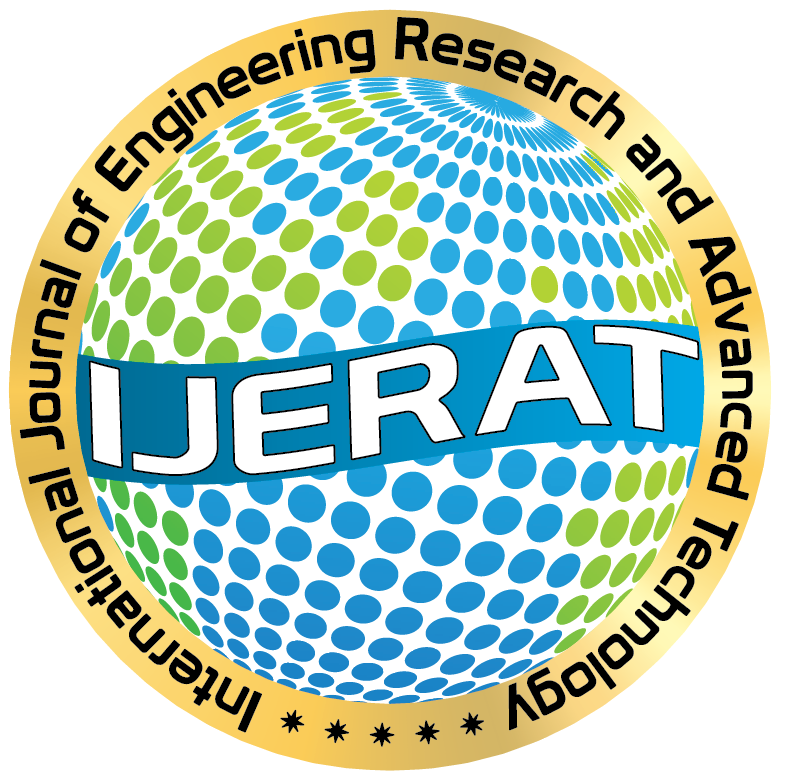Optimization of Advanced Space Propulsion Technique: Solar Sail
Keywords:
Chemical fuel Exploration, Inflatable booms. propulsion, Solar sailAbstract
Numerous space missions have been launched since the last lunar mission, including several deep space probes that have been sent to the edges of our solar system. However their journeys have been limited by the power of chemical rocket engines and the amount of rocket fuel that a spacecraft can carry. International space agencies are proposing many methods of transportation that would allow us to go farther, but a manned space mission has yet to go beyond the moon. The most realistic of these space transportation options calls for the replacement of conventional chemical fuels with an inexhaustible natural resource: sunlight. Using the Sun’s energy as a way to travel through space could give spacecraft more mobility and versatility during flight—thus opening up new regions of the Solar System for exploration and science. A Solar Sail is a spacecraft propelled by sunlight. Solar sails work by capturing the energy from light particles as they bounce off a reflective surface. Each light particle has momentum, and when it strikes a reflective surface, it imparts that momentum to the reflective sheet. As billions of light particles hit the sheet, they push the sail strongly enough to move a spacecraft. Over time, the solar particles could keep pushing a spaceship faster and faster, allowing it to attain very high speeds. The sails can be as large as football fields, but are 40 to 100 times thinner than a sheet of paper. Inflatable booms provide the sheets with rigidity, and tether the solar sail to the spacecraft. This innovative concept for low-thrust space propulsion works without any propellant and thus provides a wide range of opportunities for high- energy low-cost missions. Offering an efficient way of propulsion, solar sail craft could close a gap in transportation options for highly demanding exploration missions within our solar system and even beyond.








